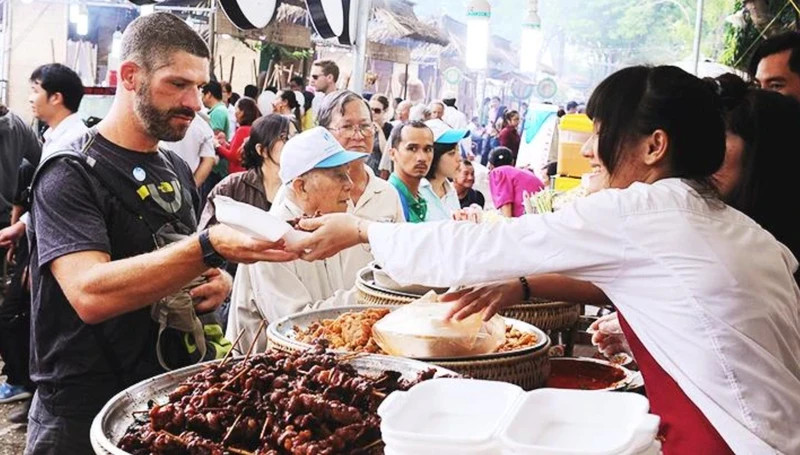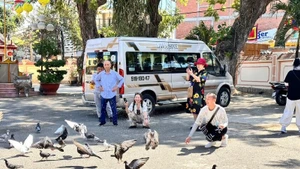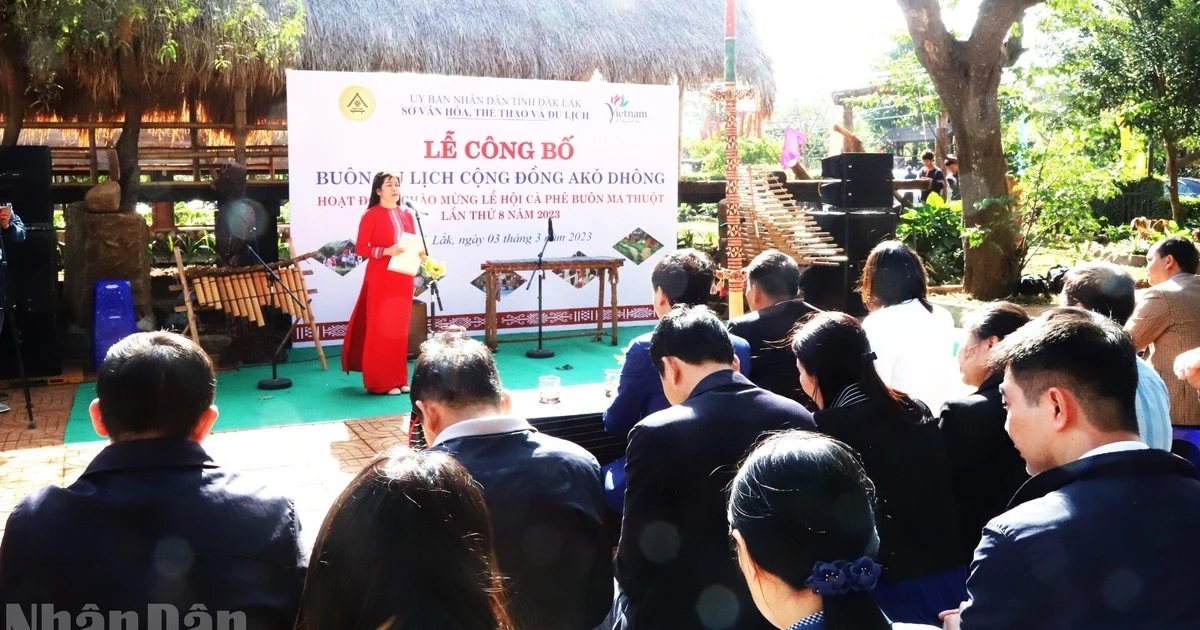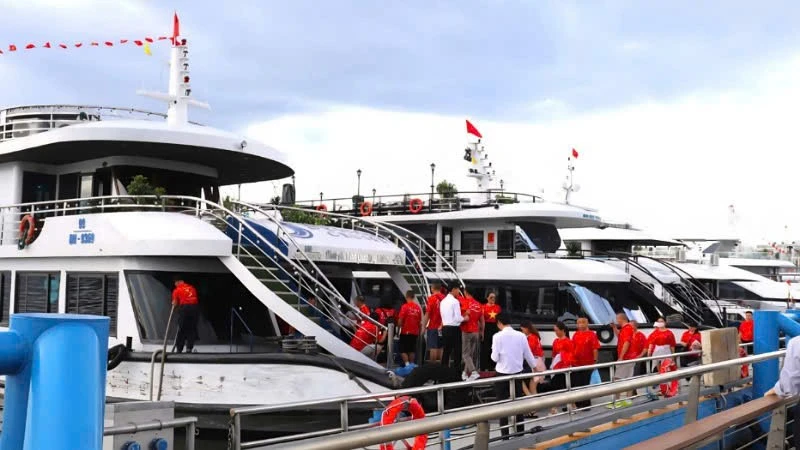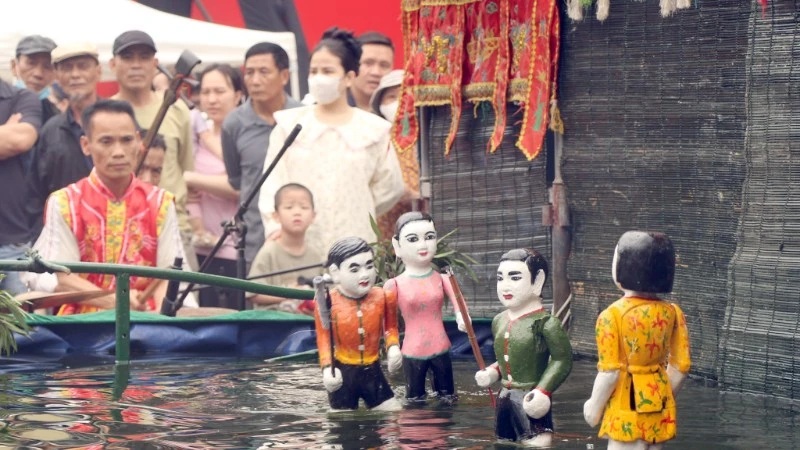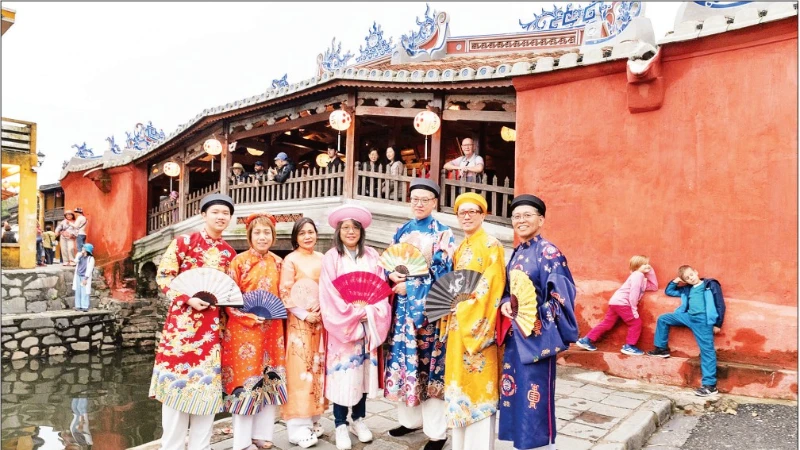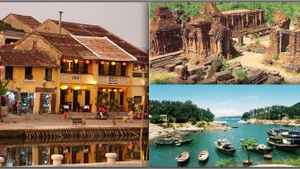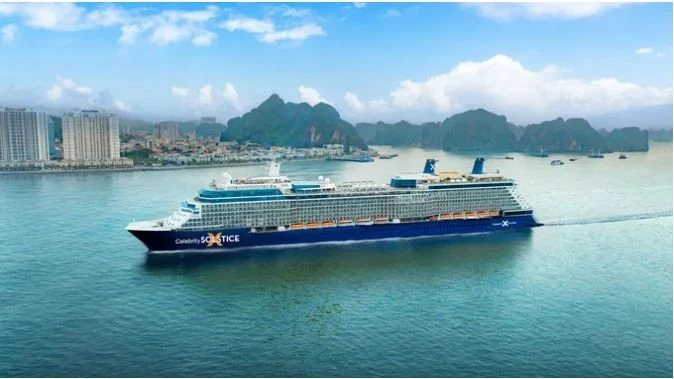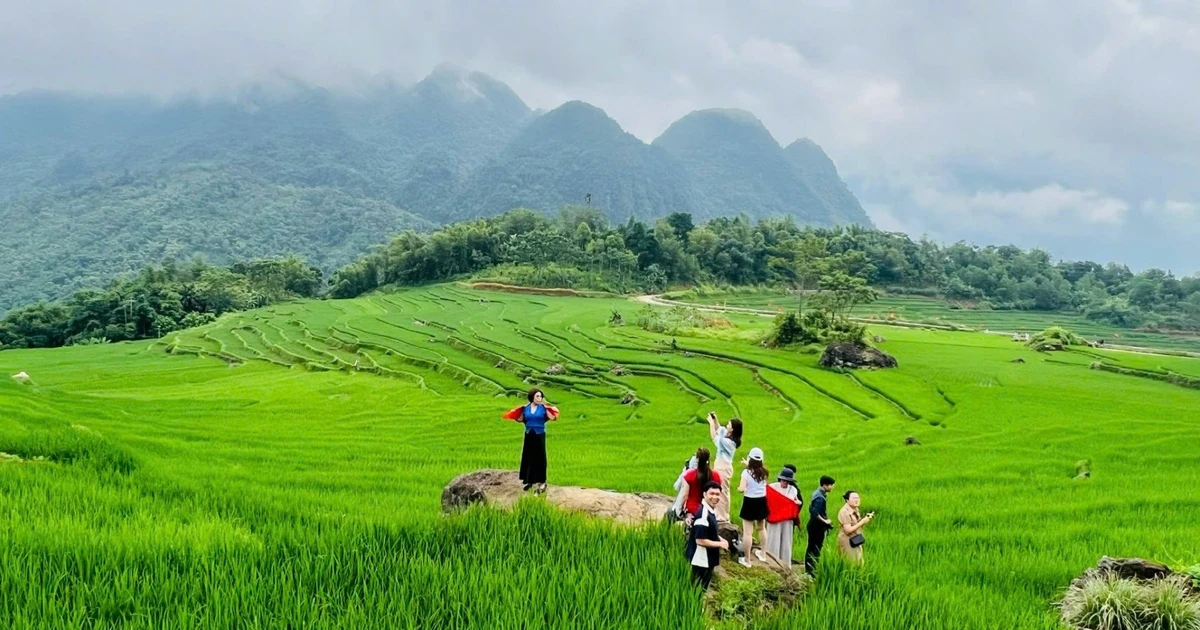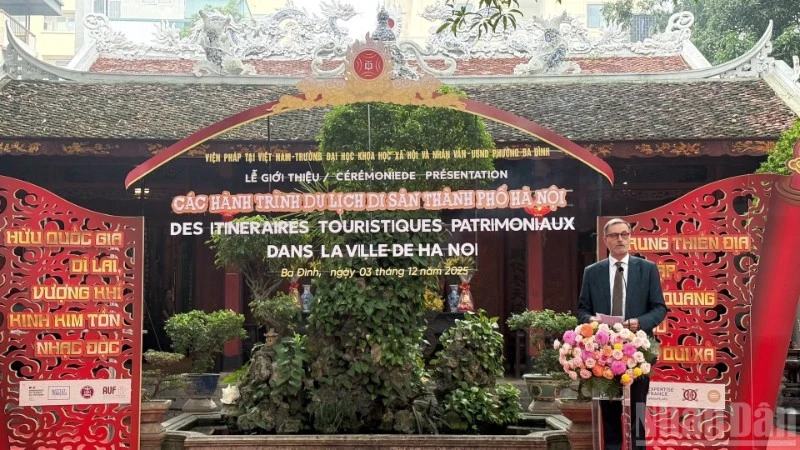Michelin Guide — the world's leading culinary guide — named Da Nang of Vietnam in its list of the 10 most notable culinary destinations in 2025.
Da Nang is the third city in Vietnam (after Hanoi and Ho Chi Minh City) to be listed by this world's leading culinary guide with its unique seafood and rich regional cuisine. With its richness, diversity, harmony and sophistication, Vietnamese cuisine is considered a resource that helps create an advantage to enhance national competitiveness on the world tourism map.
In recent years, many localities have focused on planning and building a "culinary map" to attract tourists. Travel companies also design tourism programs in which tourists can experience street food in the most intimate and authentic way.
However, for a long time, Vietnamese cuisine has only been approached as a factor contributing to the success of the trip, but has not been considered a type of tourism, nor has it been built into an attractive tourism product for tourists. Currently, tourism has not built a specialised culinary tour, and it is not a core product that creates a decisive factor to attract tourists.
Vietnamese cuisine has not seen proper investment nor promotion. Street food is invested in sporadically and spontaneously. Food safety and hygiene is a huge obstacle that prevents Vietnamese cuisine from reaching perfection.
Vietnamese cuisine has not been properly invested in and promoted. Street food is invested in sporadically and spontaneously. Food safety and hygiene is a huge obstacle that prevents Vietnamese cuisine from reaching perfection. The human resources for culinary tourism have not met the demand, trained labour in tourist areas, spots, and restaurants only reaches 26.1%. Most restaurants and eateries are self-managed by families, the staff are mainly unskilled, seasonal or untrained workers.
At the workshop "New trends in tourism investment and development in Vietnam" recently organised by the National Tourism Administration, experts affirmed that it is necessary to invest in developing culinary tourism. To develop sustainable culinary tourism, it is necessary to implement synchronous and effective solutions.
First of all, it is necessary to invest in community education and raise awareness about the value of traditional cuisine. Educational institutions can integrate culinary and cultural curriculum into the curriculum. These approaches are not only aimed at improving cooking skills, but also at creating a sense of responsibility for preserving culinary culture.
Next, it is necessary to invest in developing rich and diverse culinary tourism products. In order to build specialised culinary tours, it is necessary to find dishes and highlights to build a system of professional Vietnamese cuisine restaurants.
Travel agencies and restaurants must find a common voice under the management and guidance of the National Tourism Administration. It is necessary to personalise tourists' culinary experiences on the basis of combining exploration and practice, letting tourists try the feeling of growing, preparing, and processing ingredients into dishes, interacting with culinary experts to better understand Vietnamese cuisine, with the sophistication in the processing process and the cultural significance associated with each dish.
Build special culinary tours associated with culinary festivals and traditional cultural events in the regions. Tourists can participate in discovery tours, experience street food. Localities need to organise annual food festivals where tourists can enjoy specialties and learn about the processing process. Building culinary venues combined with local art will create unique experiences for tourists.
A very important factor is to establish standards and certifications for restaurants and eateries serving traditional dishes. Authorities and industry associations can develop criteria to evaluate the quality, food safety and hygiene and environmental friendliness of culinary establishments. This certification not only helps consumers choose easily but also promotes healthy competition between restaurants and eateries.
This system is regularly updated to ensure accuracy and suitability with trends. A synchronous and creative culinary tourism promotion strategy is needed; including using social media platforms, videos, travel blogs to introduce unique culinary experiences in Vietnam; cooperating with bloggers, influencers in the tourism and culinary fields to spread messages and attract the attention of international tourists; building specialised websites and mobile applications (Apps) for culinary tourism to help tourists search for information as well as book and evaluate culinary locations.
Vietnam Tourism Development Strategy to 2030 has identified culinary tourism as an important product line, contributing to enhancing the competitive advantage and brand of Vietnam tourism. Hopefully, investing in the development of culinary tourism will be considered a strategic step by Vietnam tourism in the coming time.
